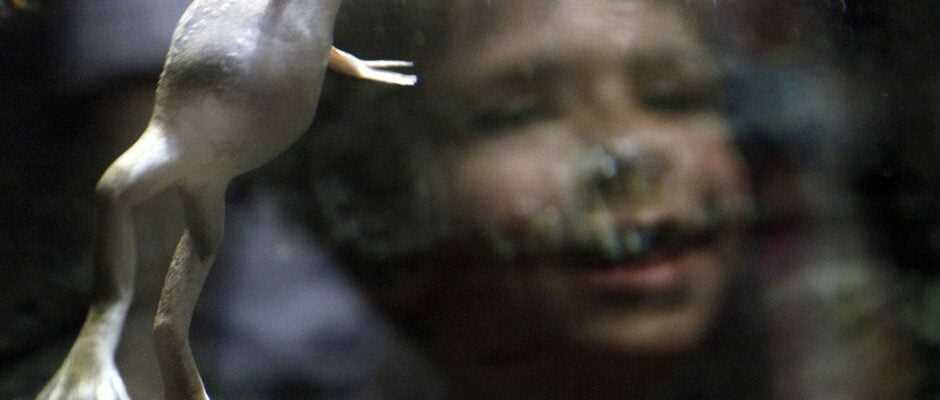Using a cocktail of drugs, scientists have managed to regenerate functional frog legs after amputation.
This is great news, and not just for frog legs lovers. A team of researchers from Tufts University and Harvard has managed to regrow the legs of these amphibians thanks to a complex cocktail of drugs. If the regeneration of certain parts of the body exists in a natural state in some animals, this talent was until now unknown in frogs. For those capable of it, such as salamanders, crabs and lizards, the process relies on stem cells replenishing the missing limb after amputation. In humans, as in frogs, nothing comparable occurs after the loss of a limb, but scar tissue does form which protects the wound against infection and limits blood loss.
Read also:The mad hope of stem cells
Scientists from Tufts and Harvard have managed to artificially recreate this regeneration process on a xenopus, a frog of African origin frequently used in the laboratory. Their experiment, described in the journal Science Advances, consisted in fixing for 24 hours on the wound of frogs amputated from a leg a silicone capsule containing five drugs including an anti-inflammatory, a protein facilitating healing and products helping to the growth of muscles, blood vessels and nerve fibers.
“The goal, explains David Kaplan, co-author of this study, was to recreate an environment similar to amniotic fluid without interference from scar tissue.”
Read also:Discovery of a mechanism capable of repairing the spine
After removing the capsule after 24 hours, the scientists observed the evolution of their condition for 18 months. And the results exceeded their expectations: at the end of this period, many xenopus had not only regained both their legs but also almost complete functionality of the regenerated limb.
The legs have recovered a semblance of bony structure, internal tissues and ‘toes’ devoid of bone. They responded to touch and the frogs were able to use them to swim and resume a normal lifestyle, summarizes USA Today. The next step will consist in testing this cocktail on mammals, with the still distant horizon being human beings.
“The fact that it only took a brief exposure to the drugs to trigger a months-long regeneration process suggests that frogs and possibly other animals may have dormant regenerative abilities that can be brought into play. action” explains, enthusiastic, Nirosha Murugan, researcher at the Allen Discovery Center of Tufts and director of this promising study.
Any reproduction prohibited
